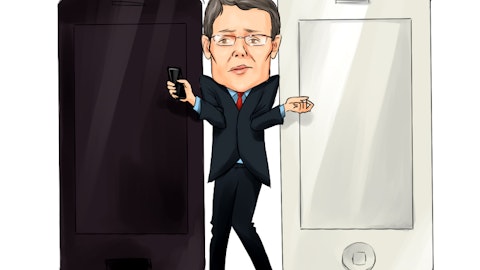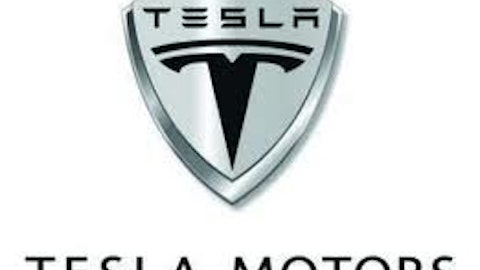Based on my estimates, Tesla will generate more than $8 billion in operating income by year 10, making it more profitable than all but three other automobile companies today (Toyota, Volkswagen and BMW).
Investment Requirements
Growing revenues roughly sixty fold and improving operating margins to match the most profitable companies in the sector will require reinvestment. Some of it will take the form of additional R&D, as Tesla tries to keep its competitors at bay, and some of it will have to be in more conventional assembly lines and factories, as production gets ramped up. Over time, I believe that the latter component will come to dominate the former.
In my forecasts, I have assumed that Tesla will have to invest about a dollar in capital (in either R&D or plant/equipment) for every additional $1.41 in revenues. That matches the industry average of the sales to capital ratio of 1.41 for US companies. Since the sales to capital ratio for technology companies is higher (2.66), it is possible that I am over estimating Tesla’s reinvestment in the early years. However, the return on invested capital that I obtain for Tesla in steady state (in year 10), based on my estimates of operating income and invested capital, is 11.27%, putting it again at the top decile of automobile companies.
Risk
Tesla is undoubtedly a risky investment and there are three components of risk that I attempted to incorporate in the valuation:
a. Business/ Operating risk: Tesla Motors Inc (NASDAQ:TSLA) is exposed to substantial business risk, some coming from macro economic sources (the strength of the economy, inflation, interest rates), some resulting from technological shifts (the winning technology in the electric/hybrid auto business is still to be determined) and still more emanating from the sector (with every major automobile company staking out its claim on this segment of the business). To capture the risk, I assumed that Tesla, as it stands now, exposes investors to a mix of automobile business risk and technology business risk. While I assumed a 60% auto/40% technology mix in arriving at a cost of capital of 10.03%, the value per share that I obtain is not very sensitive to this assumption:
Treating Tesla as a purely automobile company increases its value to about $74.73, whereas treating it as a technology company lowers the value per share to $60.84.
b. Geographic risk: While it is likely that as Tesla grows, it will have to look to emerging and more risky markets, I will assume that its risk exposure for the next decade will come primarily from mature markets, allowing me to use my current estimate of the equity risk premium for the US of 5.8% for the cost of equity/capital computations.
c. Truncation risk: Tesla Motors Inc (NASDAQ:TSLA), in spite of its lofty market capitalization and recent successes, is still a young, money-losing company. A large shock to its business (from a legal setback, a recession or a sector-wide slowdown) could put the company’s survival at risk. While that risk has declined substantially over the last two or three years, I think that it still exists and will attach a probability of 10% to its occurrence. If the company does fail, I will also assume that it will lose a significant portion of its value in a distress sale (receiving only 50% of estimated value).





